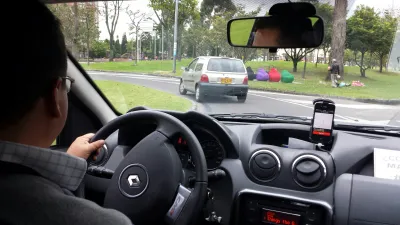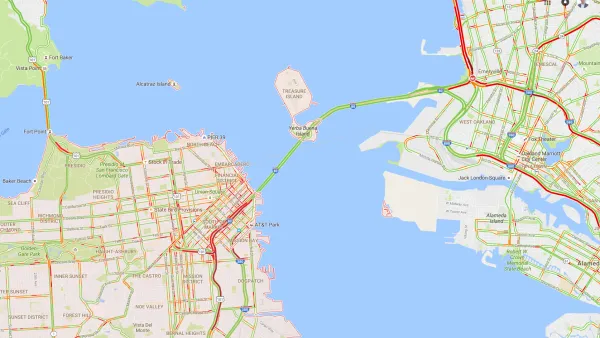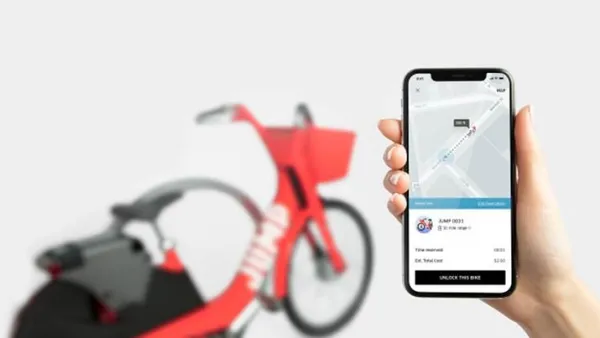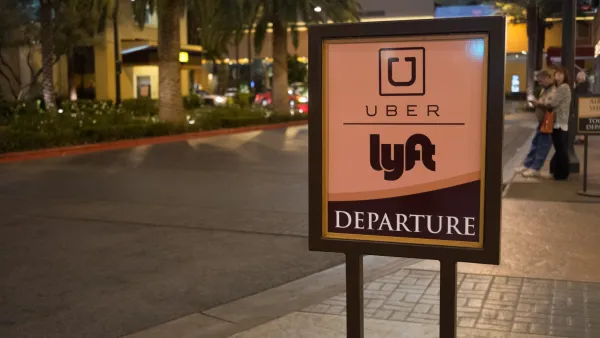With over 162,000 full- or part-time "driver partners" nationwide, Uber is an employment giant. The company's 20,000 Bay Area workers place it among the top five regional employers.

In the Bay Area, Uber has surpassed all except Kaiser, U.C. Berkeley, UCSF, and San Francisco itself in the number of people it employs.
Of course, definitions of employment vary: "Uber would be the first to say that those drivers are definitely not employees. Uber's 'driver partners' work as independent contractors. That means they don't receive such benefits as health insurance, overtime, paid vacation, workers' comp or disability, but they do have the freedom to set their own hours."
Employees or not, the company has begun to address the need for better communication between drivers and headquarters. From the article: "Uber said it will open walk-in 'partner support centers' throughout Northern California. It now has a center in San Francisco on Vermont Street and will add such locations as Daly City, where almost a quarter of local Uber drivers live."
"However, the company has been dogged by controversies including how it vets and trains its drivers. Drivers organized protests when Uber reduced fares and increased its cut. Taxi companies and lawmakers often complain that it flouts regulations." Taxi owners are concerned that Uber devalues the city-issued medallions giving them the right to operate a cab.
FULL STORY: Uber among region’s biggest employers, but company begs to differ

National Parks Layoffs Will Cause Communities to Lose Billions
Thousands of essential park workers were laid off this week, just before the busy spring break season.

Retro-silient?: America’s First “Eco-burb,” The Woodlands Turns 50
A master-planned community north of Houston offers lessons on green infrastructure and resilient design, but falls short of its founder’s lofty affordability and walkability goals.

Delivering for America Plan Will Downgrade Mail Service in at Least 49.5 Percent of Zip Codes
Republican and Democrat lawmakers criticize the plan for its disproportionate negative impact on rural communities.

Test News Post 1
This is a summary

Test News Headline 46
Test for the image on the front page.

Balancing Bombs and Butterflies: How the National Guard Protects a Rare Species
The National Guard at Fort Indiantown Gap uses GIS technology and land management strategies to balance military training with conservation efforts, ensuring the survival of the rare eastern regal fritillary butterfly.
Urban Design for Planners 1: Software Tools
This six-course series explores essential urban design concepts using open source software and equips planners with the tools they need to participate fully in the urban design process.
Planning for Universal Design
Learn the tools for implementing Universal Design in planning regulations.
EMC Planning Group, Inc.
Planetizen
Planetizen
Mpact (formerly Rail~Volution)
Great Falls Development Authority, Inc.
HUDs Office of Policy Development and Research
NYU Wagner Graduate School of Public Service





























